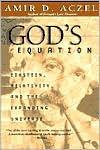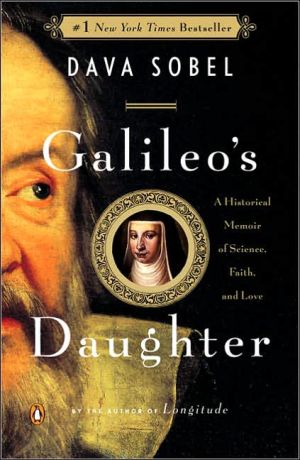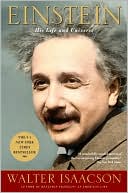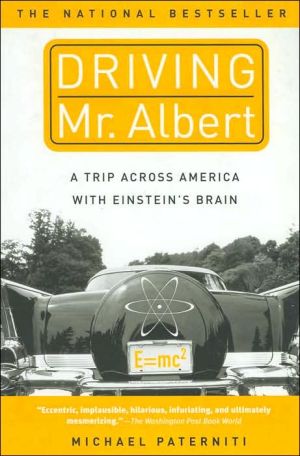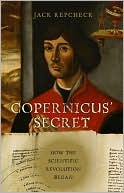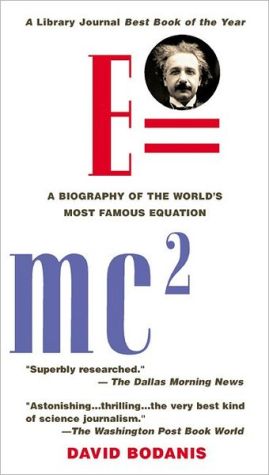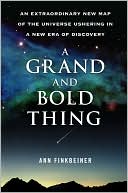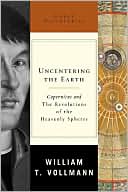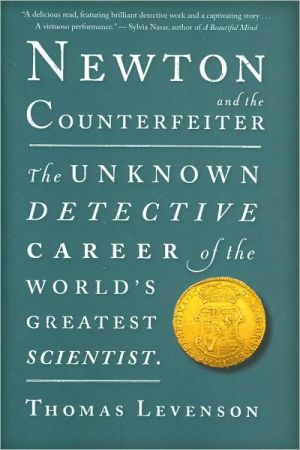God's Equation: Einstein, Relativity, and the Expanding Universe
Are we on the verge of solving the riddle of creation using Einstein's "greatest blunder"?\ In a work that is at once lucid, exhilarating and profound, renowned mathematician Dr. Amir Aczel, critically acclaimed author of Fermat's Last Theorem, takes us into the heart of science's greatest mystery.\ In January 1998, astronomers found evidence that the cosmos is expanding at an ever-increasing rate. The way we perceive the universe was changed forever. The most compelling theory cosmologists...
Search in google:
In a work of awesome scope, Amir Aczel investigates what powers the stars on their journey to the edge of the universe. Using Einstein and his theories to explain the latest developments in cosmology, Aczel outlines the links between relativity and cosmology via Einstein's "cosmological constant." In the author's view, Einstein served as God's mouthpiece, revealing the most fundamental truths about our larger environment, truths contemporary scientists are just now confirming. This book is the first to discuss certain letters of Einstein that put a new spin on his relationship with other scientists and on his early efforts to prove his revolutionary theories. Discover Magazine At a time when so many popular physics books avoid equations and fudge mathematical explanations, Aczel wants to delve deep into the mathematics. He believes-as Einstein did-it is in fact the underlying mathematics that makes the universe elegant.
PrefaceCh. 1Exploding Stars1Ch. 2Early Einstein13Ch. 3Prague, 191127Ch. 4Euclid's Riddle43Ch. 5Grossmann's Notebooks61Ch. 6The Crimean Expedition71Ch. 7Riemann's Metric91Ch. 8Berlin105Ch. 9Principe Island121Ch. 10The Joint Meeting139Ch. 11Cosmological Considerations149Ch. 12The Expansion of Space167Ch. 13The Nature of Matter181Ch. 14The Geometry of the Universe189Ch. 15Batavia, Illinois, May 4, 1998197Ch. 16God's Equation207References221Index225
\ From the Publisher"[Einstein's] field equation remains the closest thing we have to a divine blueprint for the universe....Aczel gives a very readable account of the science and the scientists involved."\ — Kirkus Reviews \ "There is something startling on just about every page."\ — San Francisco Chronicle\ "It is a wonderful time to glance back over Einstein's path in developing the field equation...fortunately, we have a fabulous guide in Amir D. Aczel."\ — Discover\ \ \ \ \ \ Discover MagazineAt a time when so many popular physics books avoid equations and fudge mathematical explanations, Aczel wants to delve deep into the mathematics. He believes-as Einstein did-it is in fact the underlying mathematics that makes the universe elegant.\ \ \ Publishers WeeklyFor decades, scientists have debated whether the universe will eventually collapse upon itself, will expand until it reaches an optimal size and remain steady, or will expand forever. To most everyone's surprise, studies of particular huge supernovae are providing evidence that the last possibility may be right and that billions of years from now the universe will be an unimaginably immense void of burned-out stars. The explanation for this may lie in the "cosmological constant," a part of Einstein's field equation for general relativity. Though Einstein described the constant as the greatest blunder of his career, many scientists now think that it could correctly represent some kind of "funny energy" pushing the universe apart. Aczel (Fermat's Last Theorem; Probability 1) contends that Einstein's equation for the cosmological constant is our best approximation of what he calls "God's equation": the ultimate summary of how the universe works. Though Aczel's analysis of Einstein's work requires familiarity with advanced mathematics, that analysis makes up only a minor portion of his book, and most readers will appreciate the author's inclusion of the great physicist's letters to astronomer Erwin Freundlich. Translated here for the first time, they give a glimpse of Einstein's ambition and of his occasional indifference toward collaborators who were no longer useful to him. Aczel's writing is marred by his proclivity to make hyperbolic statements ("Einstein became one of the greatest celebrities--possibly the greatest--the world has ever known"), and some of his historical observations are na ve. Those fascinated by Einstein will find much of interest here, but general readers hungry for information about recent developments in cosmology may want to consult more accessible authors, such as John Gribbin (The Case of the Missing Neutrinos). Figures not seen by PW. (Oct.) Copyright 1999 Cahners Business Information.\ \ \ \ \ Library JournalIn this well-written book, Aczel Fermat's Last Theorem: Unlocking the Secret of an Ancient Mathematical Problem attempts to explain in lay terms the meaning and significance of Einstein's theory of relativity; to a large extent, he succeeds. He shows us how Einstein developed and modified the theory and how he interacted with others working in mathematics, physics, and astronomy. Aczel explains that Einstein proposed a mathematically elegant equation, based on physical, philosophical, and aesthetic considerations, whose solutions if found would describe the large-scale behavior of the universe. He then modified the equation by adding a cosmological constant, since his first solutions indicated that the universe must be expanding, and no physical evidence to that effect existed at the time. When it was later shown that the universe was indeed expanding, he removed the constant, calling it a mistake. Yet new evidence seems to show that even when he thought he was wrong, Einstein may have been right--the cosmological constant may be essential to our understanding of the universe. For public libraries.--Harold D. Shane, Baruch Coll., CUNY Copyright 1999 Cahners Business Information.\ \ \ \ \ BooknewsAczel (
